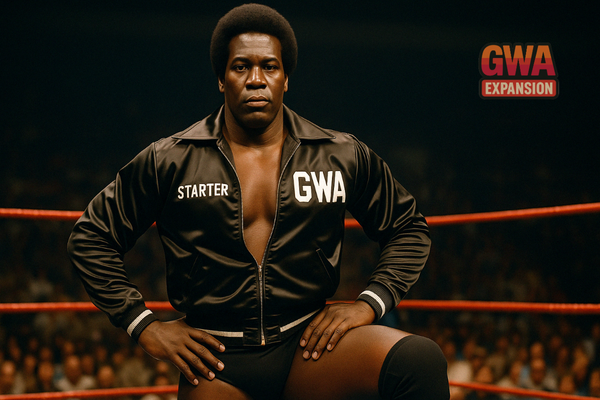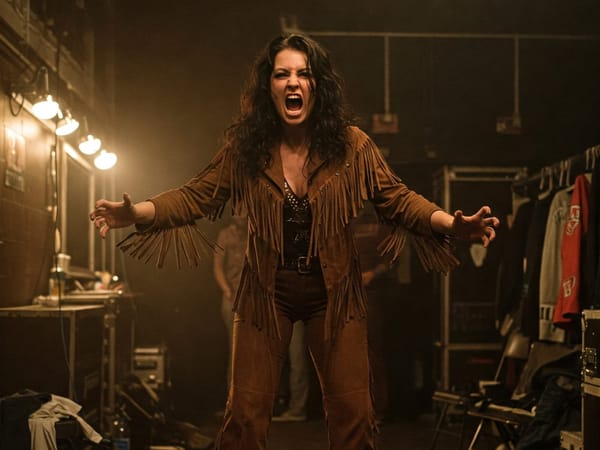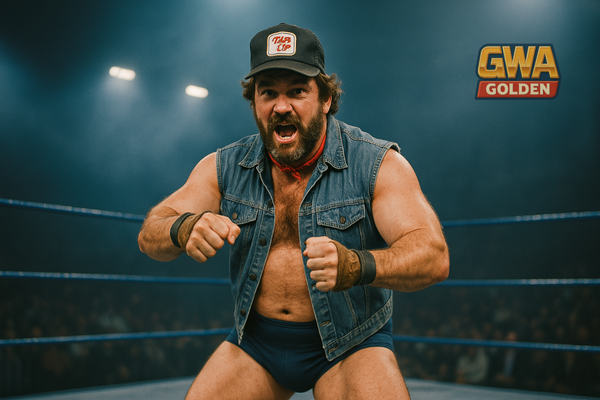XEOJ-AM, the GWA's radio station
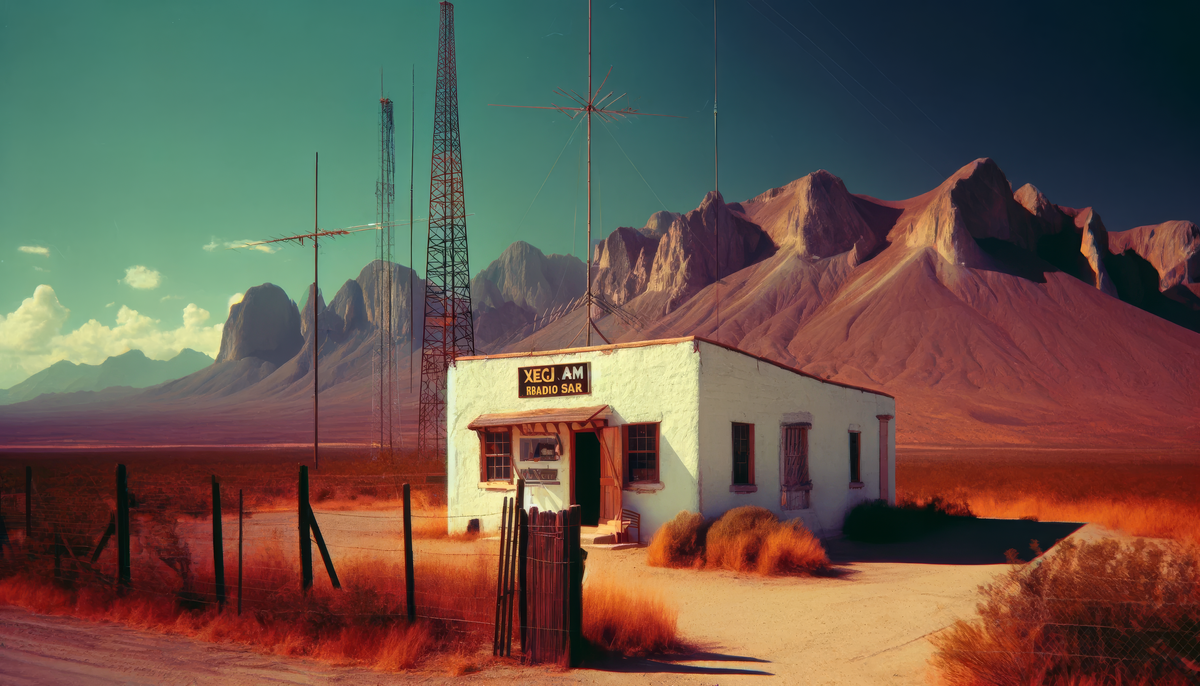
The Refreshing Voice in the Desert
In the sprawling expanse of the Chihuahuan Desert, where the rugged outlines of the Sierra Madre Occidental rise like ancient sentinels against the vast sky, the story of XEOJ-AM unfolds—a tale as stark and bold as the landscape itself. Founded in 1952 by Eduardo Salazar, a visionary entrepreneur with a keen ear for the potential of border radio, XEOJ-AM began its journey on the outskirts of Ojinaga, Mexico. From its humble beginnings in a modest adobe structure, this station was destined to carve a niche in the annals of broadcast history.
Under Salazar's leadership, XEOJ rapidly escalated its output to 250,000 watts, a beacon of strength that pierced the quietude of the desert. With a signal robust enough to traverse the rugged terrains and cultural divides of North America, XEOJ-AM became a herald of the airwaves, connecting isolated communities with the vibrancy of distant cities. Its towering transmission lattice, a marvel of engineering, stood as a signal of the station's reach and ambition, casting long shadows over the sandy, pebbled desert floor.
The 1960s marked a golden era for XEOJ, as it introduced "The Sagebrush Sessions," hosted by the charismatic Buck "Sagebrush" Thompson from the dusty confines of XEOJ-AM’s modest studio on the outskirts of Ojinaga. This program transcended traditional sports commentary, blending the drama of the Great Western Wrestling Alliance (GWA) with a soundtrack that mirrored the eclectic tastes of the era. Thompson's gravelly voice and insightful narrations brought the exploits of wrestlers to life, embedding their struggles and triumphs into the cultural consciousness of listeners across the continent.
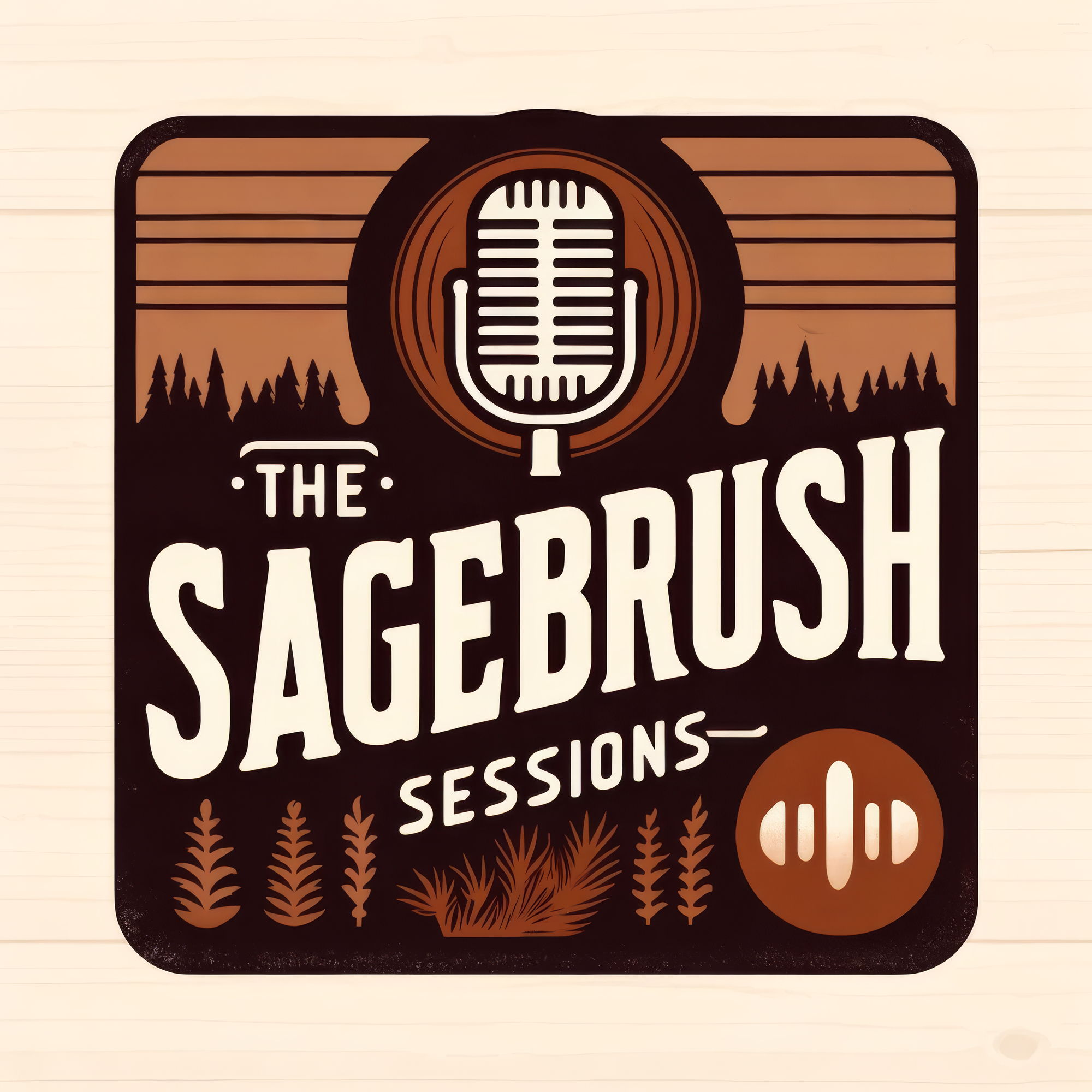
"The Sagebrush Sessions" launched in 1962, setting a new standard for radio broadcasts. Buck Thompson brought a unique narrative depth to wrestling commentary, turning each match into a rich story that resonated with the passion and ethos of the era. But what truly set the show apart was its seamless integration of rock music into the wrestling world. Thompson curated playlists featuring iconic tracks from Sly & the Family Stone, The Animals, The Allman Brothers Band, The Spencer Davis Group, and Creedance Clearwater Revival. This music did more than fill the space between match recaps and commentary; it amplified the personas of the wrestlers and the theatricality of their conflicts, creating a resonant cultural context that listeners could connect with on multiple levels.
Each artist brought something unique to the wrestlers' stories: Sly & the Family Stone infused Harlem Hurricane with an uplifting sense of funk and innovative energy; The Animals contributed a raw, blues-inflected sound that mirrored the grit and endurance of Outlaw Hawkins; The Allman Brothers Band added layers of soulful southern rock for Mountain Man Jensen; The Spencer Davis Group brought a spirited rhythm that echoed the pulse-pounding action of the Steel Hammer; and Creedance Clearwater Revival offered a rebellious vibe that underscored the maverick spirit of Bayou Benny.
Thompson's deep, insightful commentary, paired with this carefully chosen soundtrack, did more than narrate matches; it created a multisensory experience that transformed "The Sagebrush Sessions" into a cultural phenomenon. Like when he would play the record and deeply narrative a wrestler's entrance over the air. Listeners were not merely spectators of a sports event but became part of a larger narrative that blended the thrill of wrestling with the transformative power of rock music.
Moreover, the show fostered a communal spirit among its listeners, who found common ground in their shared love for both wrestling and rock music. This connection was pivotal in building a dedicated and passionate fan base that tuned in weekly, not just for the updates and entertainment but for the sense of belonging to a community that "The Sagebrush Sessions" nurtured.
As the years progressed, the influence of "The Sagebrush Sessions" expanded, helping to propel the popularity of the GWA and setting the standard for how sports could be integrated with popular culture. Even after the show ended, the legacy of Buck Thompson’s innovative approach continued to influence the broadcasting of wrestling, making "The Sagebrush Sessions" a legendary chapter in the history of radio and sports entertainment.
However, the winds of change were eventually gusting, and the 1990s brought with them regulatory storms that challenged the very foundation of XEOJ. Stricter broadcasting regulations from both U.S. and Mexican authorities meant that the station could no longer operate with its legendary freedom. Despite attempts to diversify its programming and adhere to new broadcasting norms, the pressures mounted.
In a poignant culmination of regulatory and financial burdens, XEOJ-AM ceased operations in the early 2000s. The silence that followed was a stark contrast to the decades of vibrant broadcasts that had once filled the airwaves. The towering transmission tower, once a symbol of far-reaching connection and cultural exchange, stood as a solitary relic of a bygone era.
Yet, the legacy of XEOJ-AM endures in the collective memory of its listeners and the history of border radio. Its story, like the timeless desert landscape, remains a powerful reminder of the impact of human endeavor against the odds—a narrative of connectivity, cultural resonance, and the indomitable spirit of innovation that once bridged vast distances to bring diverse worlds together under the banner of shared soundwaves.


